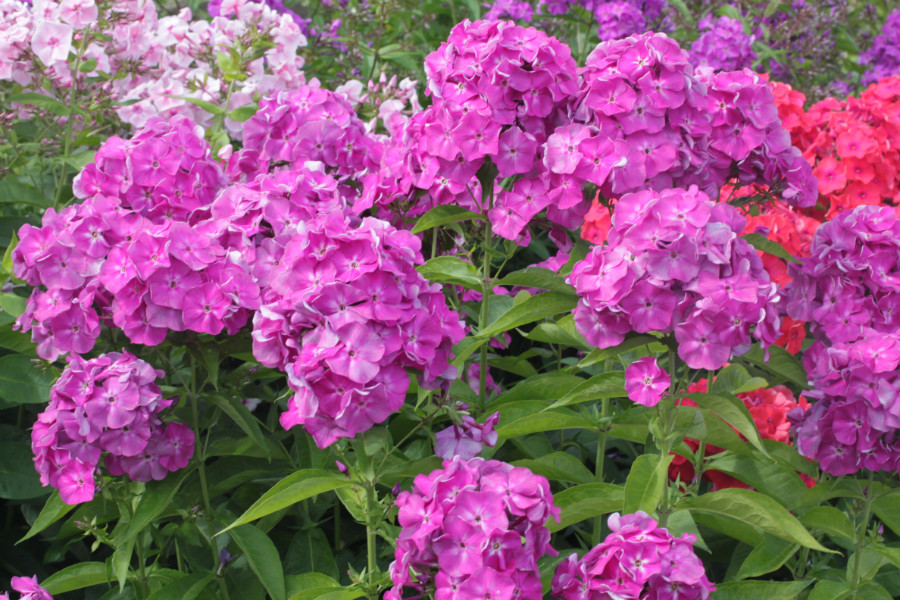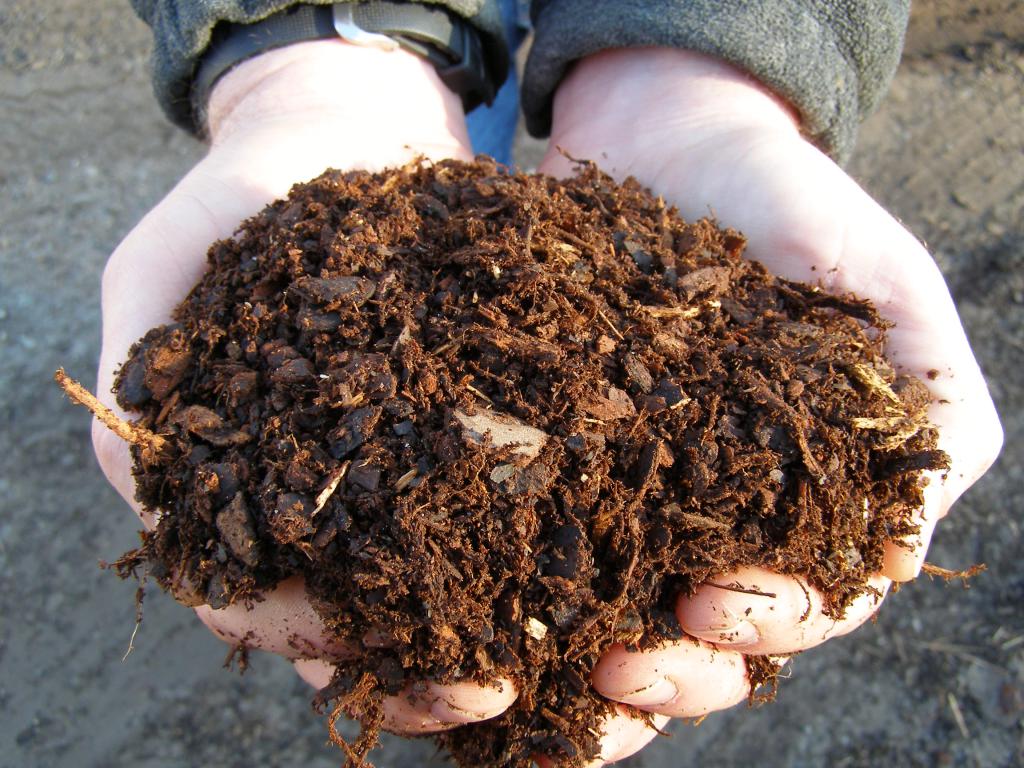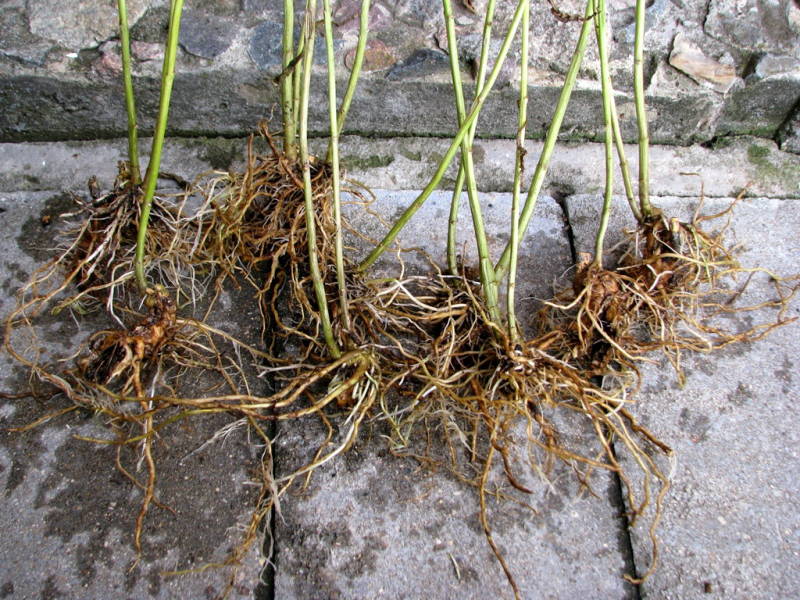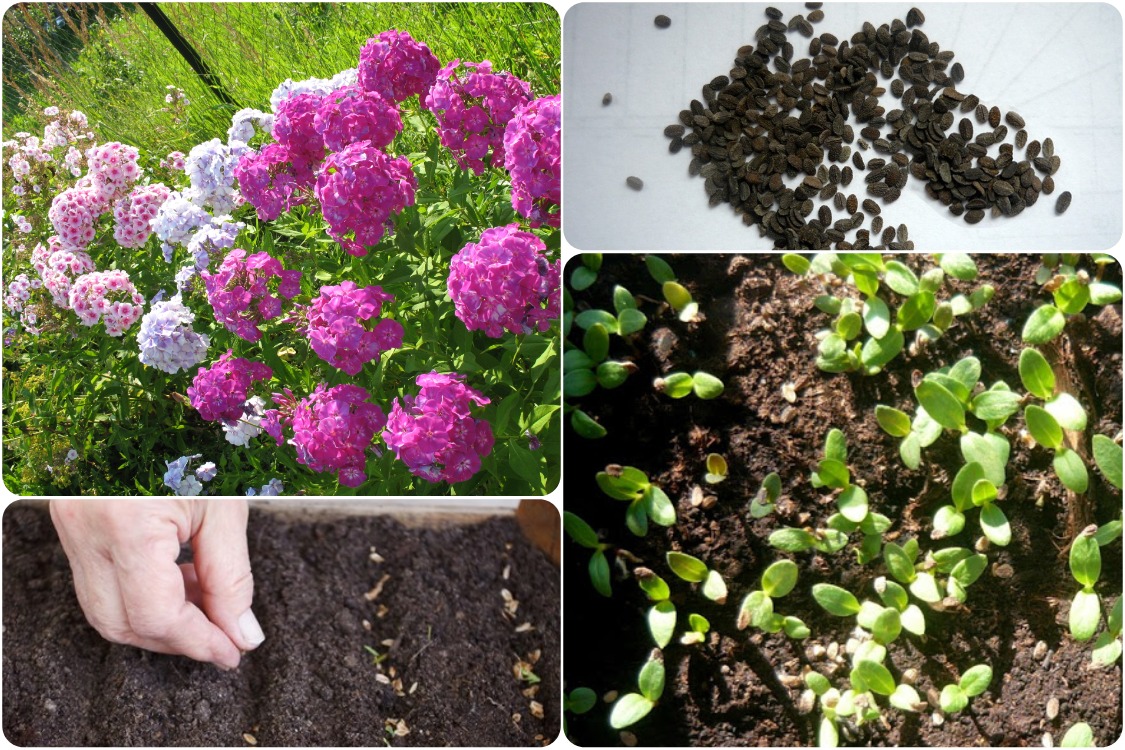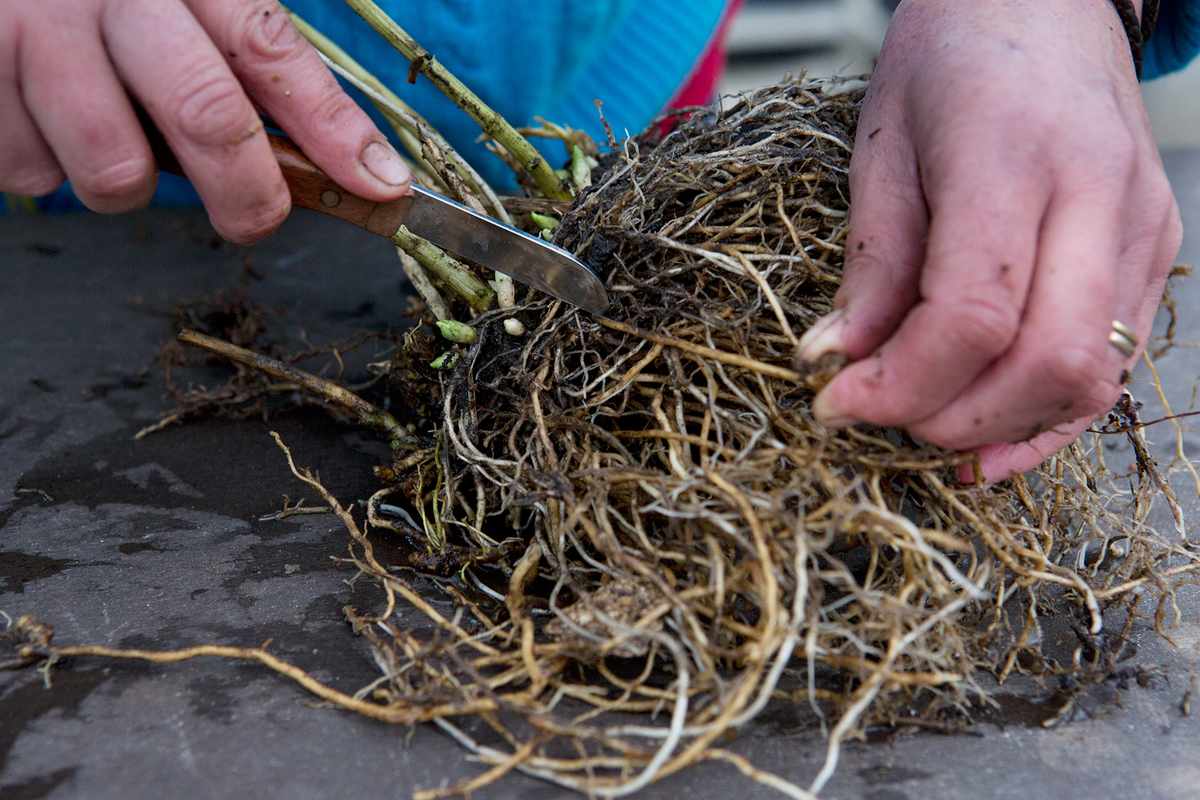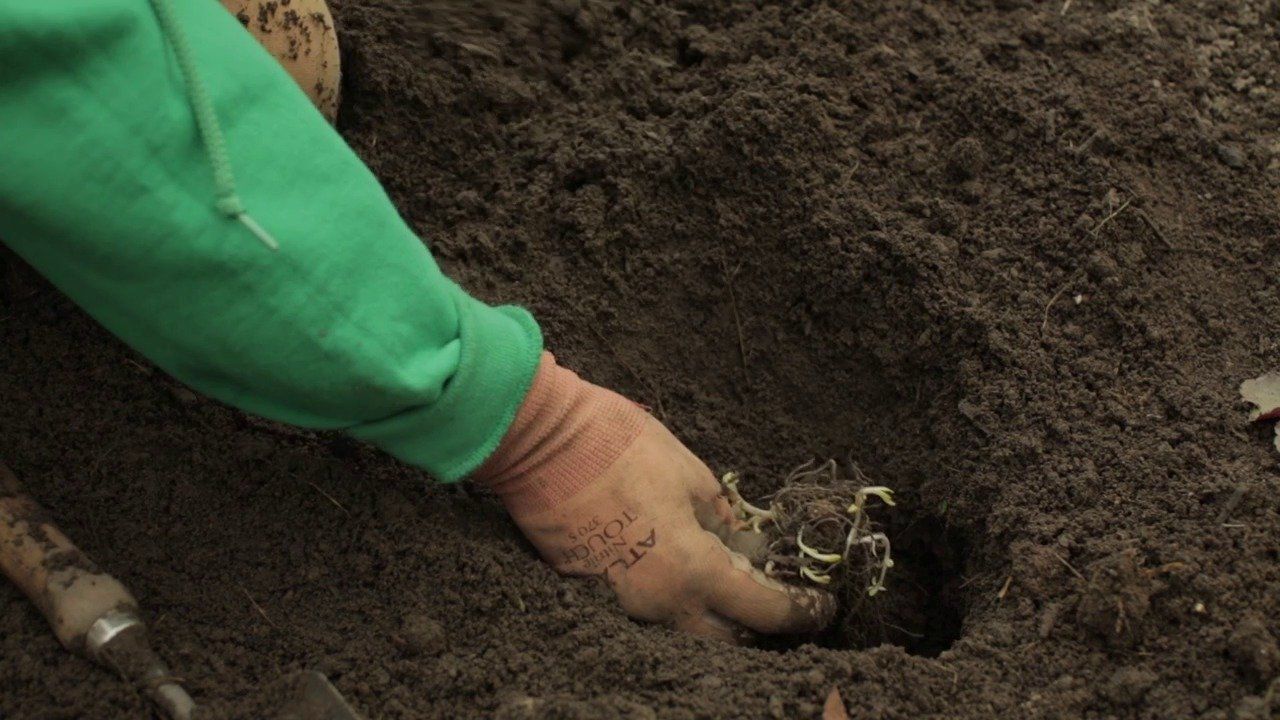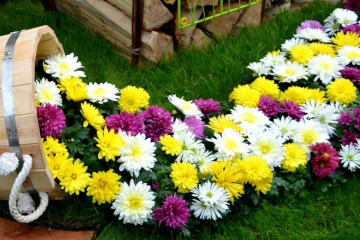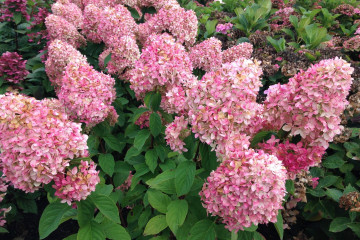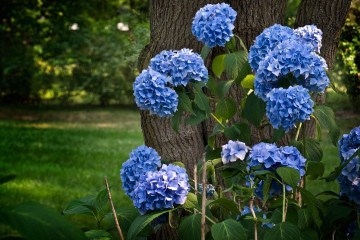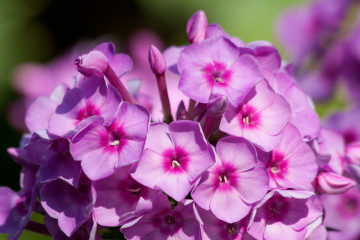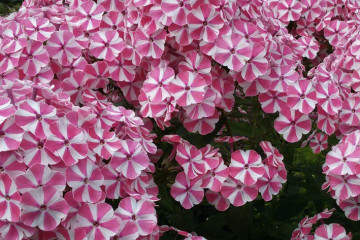When to plant phlox in spring in open ground
Content:
Colorful oblong umbrellas in bright shades are phloxes. They delight with their flowers throughout the summer, enveloping people passing by with a tart aroma. The key to the success of the long life of phlox in gardens is proper planting.
When to plant phlox
Planting phlox in open ground in spring should be early. When the snow had already melted, and the soil had not yet had time to dry out too much.
- For the southern regions, this period falls at the end of March - mid-April.
- The middle lane plants phlox at the end of April.
- The northern regions are waiting for the end of April and the beginning of May.
Planting dates in autumn
The advantage of the autumn planting is the length of the planting time - up to 40 days. The plant gives all its strength to the growth of roots, and the next spring phloxes are in full bloom. Whereas after spring planting, in summer, flowering may be delayed, or completely absent.
Autumn planting can begin immediately after the formation of renewal buds. For each plant, the planting calendar is different. Usually this is the end of August - the beginning of September. Late-flowering varieties are planted from mid-September to late October.
What to do if the recommended boarding times have passed
Home phloxes tolerate the transplantation and division of the tuber even in summer and in the flowering state. During this procedure, it is important not to damage the roots, and water the planted cuttings regularly.
If the late planting fell in the fall, it is important to keep the young roots from the cold. For this, saplings are mulched with straw, sawdust, peat.
How to choose healthy planting material
In garden centers, there is a chance to purchase greenhouse varieties with little decoration. They are brought from Europe and in the process of delivery their root system often dries up. Such seedlings are very painful and take a long time to acclimatize. By their appearance, they begin to approach the image on the package after 2-3 years of life in the garden and with very careful care.
Local flower lovers will have healthy and well-growing seedlings. It is important that they are grown in the same conditions, which means that it will be much easier to take root in a new place.
Baby phlox should have 4-5 healthy green shoots up to 10 cm long. The roots should not be dry, without spots and rot. The root system should be shortened to 15 cm.
A piece of phlox bush sold in the fall should have 2-3 stems, thick and green. Healthy roots up to 15 cm long, in which renewal buds are already laid.
Phlox planting material is a bunch of roots with sprouted buds. Their shoots should be green and thick. The roots should not be dry, damaged, or showing signs of rot. Their length should not exceed 15 cm.
Soil preparation
The composition of the soil for phlox is a very important point in caring for these beauties.
For planting, the soil is prepared in six months:
- the selected area should be cleared of debris and weeds;
- the site needs to be dug up several times in order to achieve friability of the soil;
- since phlox roots grow to a depth of 30 cm, tillage should be at least this depth.
According to the type of soil, various additives are needed:
- Clay needs coarse sand, low-lying peat, humus, compost, lime, mineral fertilizers.
- In the loose, you need to add clay soil, sod soil, humus, compost and mineral fertilizers.
Reproduction
At the end of May, seeds are sown on a future flower bed. The soil should be moistened with warm water, the seeds should not be deepened too much (breeders recommend sowing without deepening on the soil surface).
After planting, the seeds need to be covered with foil for several days. Further, maintain moisture by spraying, and after the emergence of shoots, cut watering so that the young roots do not rot.
Growing annual phlox from seeds varies slightly. The seed is first planted in bowls under a film, in early spring, and in early May, the seedlings are ready for planting in open ground.
For the successful reproduction of phlox by roots, it is necessary that they have a supply of nutrients. This is either early spring or late autumn.
Autumn roots are cut by 2/3 and planted in boxes with nutrient soil, sprinkled on top with river sand. They need to winter in cold and dark. And in the spring, slowly increase the temperature and lighting. In May, the seedlings are ready to be transplanted into a small school in the open ground.
In the spring, planting phlox with rhizome is easier. How to plant phlox roots in spring so as not to harm the mother plant? You need to cut off the roots by only 1/3. Then they are placed in pots and live in greenhouses at temperatures no higher than + 10C, protected from light. After two weeks, the temperature is raised to + 25C. The sprouts that appear are accustomed to the sun. Seedlings grown by 10 cm are planted in a school in open ground.
You can divide the phlox bush in early spring or early autumn. The dug out bush is divided into pieces by several shoots.
Landing in open ground and further care
It is necessary to plant phlox, both perennial and annual, only in a substrate prepared in advance.
How to plant phlox in open ground:
- The bottom of the hole must be laid out with nutritious soil.
- A hill is made from the soil, on which the seedling is placed, and its roots are straightened down.
- During planting, you need to fertilize the seedling, depending on the season.
Phlox care is simple:
- Good lighting will ensure abundant and consistent flowering.
- Watering is needed plentiful, but not frequent.
- The soil should be periodically loosened and weeds removed.
- During the period of active flowering, you need to apply a complex mineral fertilizer every two weeks.
A very interesting question that interests novice flower lovers, where to plant phlox in the shade or in the sun? There is no definite answer, because:
- in the sun, flowering will be plentiful, but the bushes are more squat;
- shoots will stretch out in the shade, and flowering may be rare;
- the scorching midday sun can burn the petals;
- it will be optimal to plant in a place where the sun changes to shade during the day.
For wintering, all shoots are cut off almost flush with the ground. After the flower bed is mulched with peat, humus or a layer of dried foliage. Pruning is carried out from late September to late October.
In the right soil, phloxes will be completely unpretentious and easy to care for and reproduce. This airy marshmallow of inflorescences with a pleasant aroma is ready to be a garden decoration throughout the summer. Easily coexists with other cultures and fits perfectly into decorative compositions.
